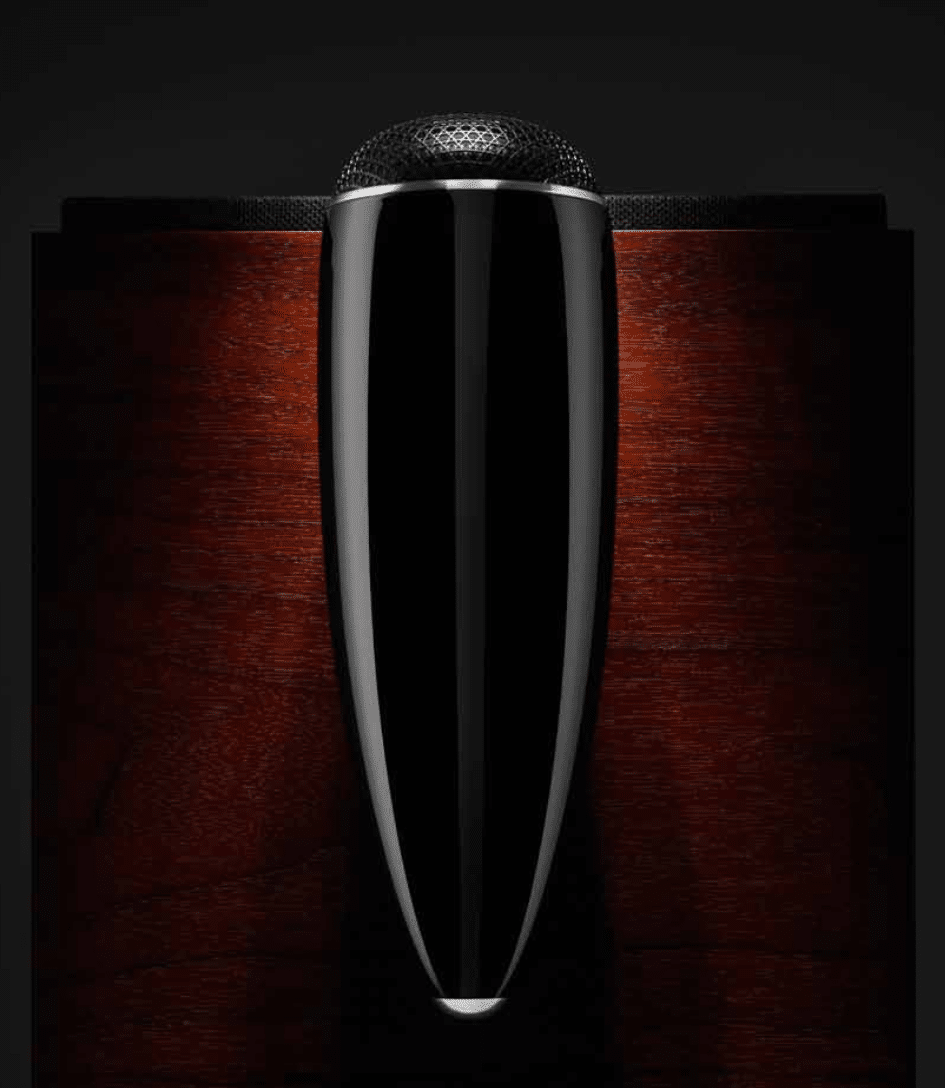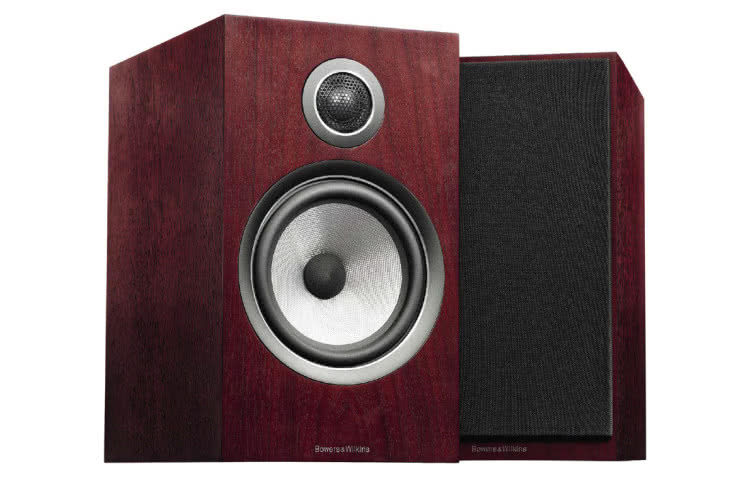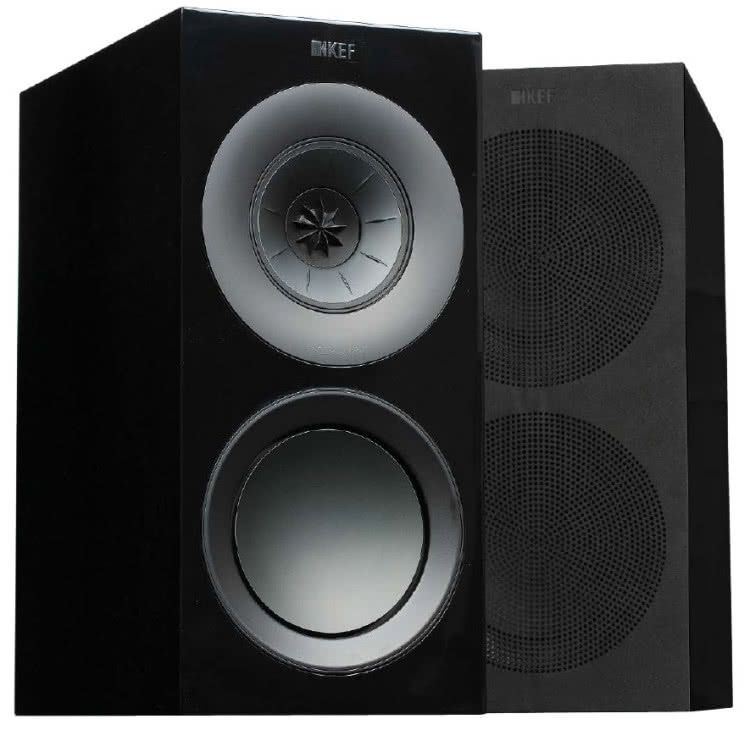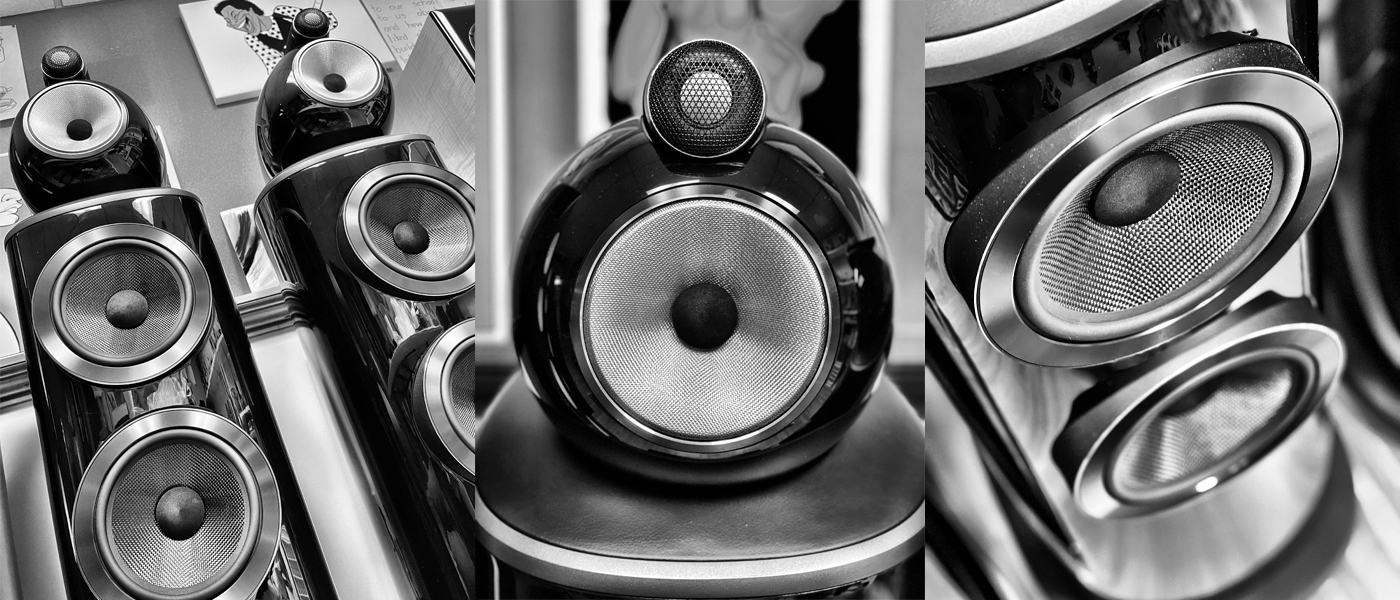I know it's not critically important here, but I believe the 700 series was the replacement (an improvement) over the CM series:
The new range include six different 2-channel designs The new speakers include: the 702 S2 (£3,299), featuring a carbon dome tweeter in a solid-body housing and a decoupled Continuum midrange, this is the 700 Series’ flagship floorstander. 705 S2 (£1,799), also features the ‘tweeter-on-top’...

theaudiophileman.com
Regardless, neither the discontinued CM series of the 700 series are really the same as the 800-series. They serve a different segment of the market (with perhaps a bit of cross-shopping).
I've heard a lot of different rationales for the original BBC dip and other treble dips in that same region of various shapes and magnitudes. I also don't think that engineers are stupid in the sense that when the original rationale (for instance, cone resonance) was solved, that they decided to leave the dip in anyway, even though there was no longer a reason to and it would make the speakers sound worse.
Also, the soundstage on my 802D's is absolutely magnificent - it is large, 3-d, and glorious, and I've literally turned my head to the side because I thought an instrument physically appeared in my room. I realize the room is different, but I've never experienced that sort of imaging from the Genelecs, not even close in terms of size, depth, or anything.
Perhaps in isolation, the "B&W dip" (let's just call it that) isn't desirable. However, when coupled with the gentle upper-treble hump, it appears the combination works. Adjusting the toe simply adjusts the amount of that upper-treble hump. It's also very possible that the combination of the B&W dip and the B&W hump is strongly preferred by a
subset of listeners. And the fact that people seem to either really love or really hate B&W's is consistent with this.





